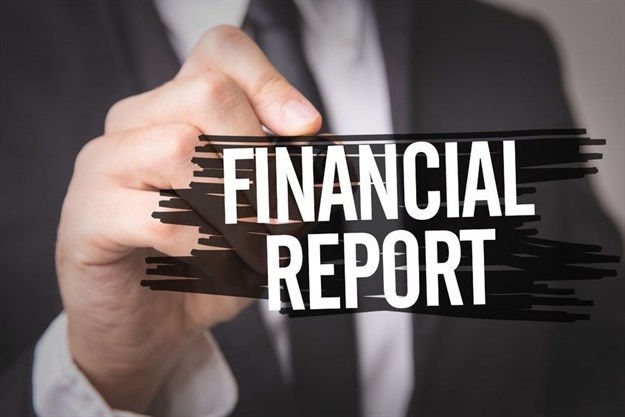
Subscribe & Follow
In the news
#BizTrends2019: Integrated reporting - the end of annual financial statements?

This can only be achieved if the report has a 360 degree-view of the business. This includes historical financial information and operating reviews, as well as information that is forward looking. It also gives strategic direction and discusses targets, risks and opportunities. In addition, it should highlight both the positive and negative impacts of the business’s interaction with its stakeholders during the course of the year. Other aspects of the economic, social and environmental performance of an organisation should also be included.
It is important to note that an integrated report is the culmination of a process that begins with corporate values, strategy and the decision-making philosophy of the company. The board has a responsibility not only to shareholders, but to the community and the environment in which the company operates. It is for this reason that the board’s approach to decision-making should be comprehensive and balanced and this should be reflected in the integrated report.
Intangible assets
Essentially, the report must show the substance of the activities of the company over the reporting cycle through policies, systems and processes which deliver reliable, comparable and complete information. To create value over time, today’s organisations need to actively manage a wider range of resources. Intangible assets such as intellectual capital, research and development, brand value, natural and human capital have become as important as tangible assets in many organisations.
However, these intangible assets are not universally assessed in current financial reporting frameworks even though they often represent a substantial portion of market value.
It is further important to note that integrated reporting does not start at the reporting phase, rather it calls for the organisation to break down silos and stop the common practice of each unit within an organisation only being interested in its own activities. Integrated thinking involves the consideration of all the important elements within an organisation.
Mind shift
It is important to note that integrated reporting requires a mind shift and consideration of those areas that were previously not reported upon. The information provided should be of value to the stakeholders and be relevant.
The International Integrated Reporting Council (IIRC) provides a reporting framework which highlights six key capitals that need to be considered and reported upon. These are:
- Manufacturing capital
- Financial capital
- Human capital
- Intellectual capital
- Natural capital
- Social capital
However, these capitals are not homogeneous, they differ from company to company. In keeping with the IIRC Framework, an integrated report should address the following questions:
- Organisational overview and operating context: What does the organisation do, and what are the circumstances under which it operates?
- Governance: What’s the organisation’s governance structure, and how does it support the organisation’s ability to create value in the short, medium and long term?
- Business model: What is the organisation’s business model, and to what extent is it a resilient one?
- Risks and opportunities: What are the key opportunities and risks that the organisation faces; how do they affect the organisation’s ability to create value in the short, medium and long term; and how is the organisation tackling them?
- Strategy and resource allocation: Where does the organisation want to go, and how does it intend on getting there?
- Performance: How has the organisation performed against its strategy, and what are the key outcomes in terms of the capitals?
- Outlook: What challenges and uncertainties is the organisation likely to encounter in pursuing its strategy, and what are the potential implications for its business model and its future performance and outcomes?
- Basis of presentation: How did the organisation determine material matters on their characteristics, like KPIs, as presented in the integrated report?
For big and small
Despite many small and medium enterprises (SMEs) and practitioners serving the SME market thinking otherwise, integrated reporting is not aimed at big businesses only. It is equally applicable to SMEs, although the content and level of complexity might differ from one organisation to the other.
The reality is that if a business has stakeholders who are interested in understanding not only the financial performance of the organisation, but other aspects such as its sustainability and environmental impact, then integrated reporting is the way forward.











